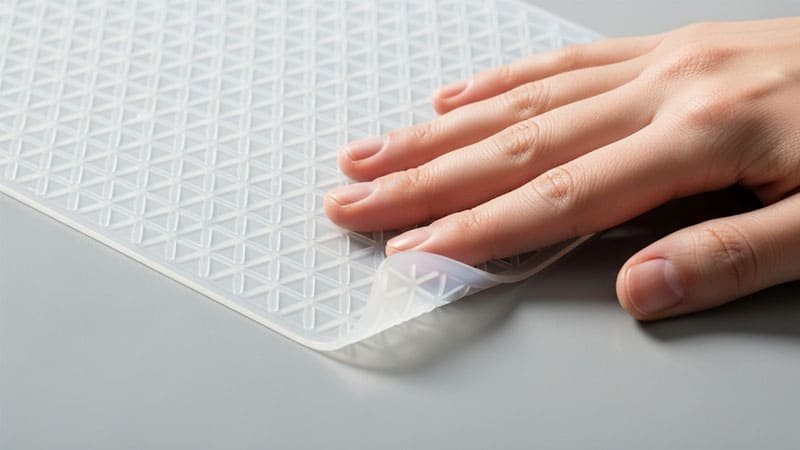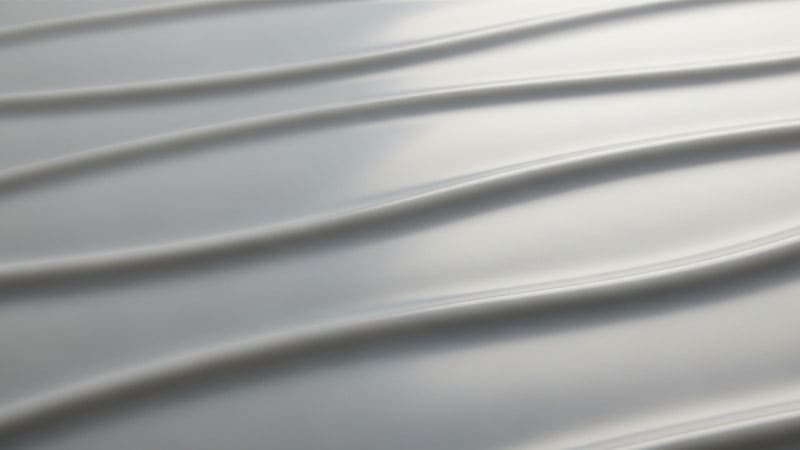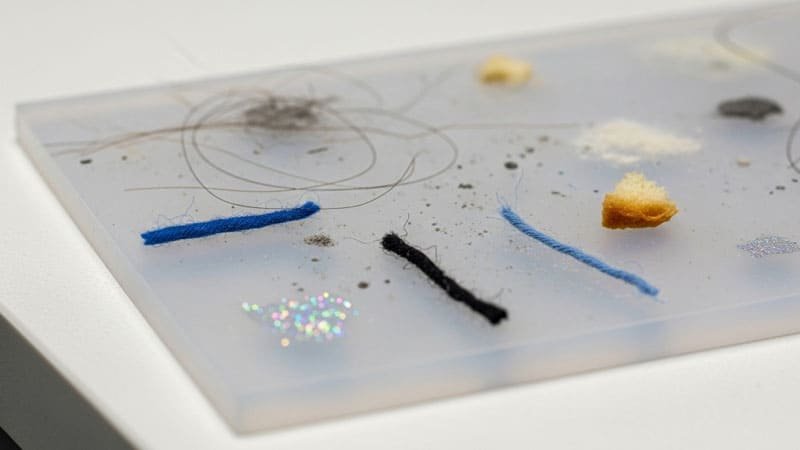Choosing the wrong silicone sheet finish can lead to poor grip, ineffective sealing, or even product failure.
The difference between raised texture and smooth finish silicone sheets lies in grip, adhesion, cleaning ease, and application suitability across industries.
I used to default to smooth silicone until I started getting complaints about slippage in kitchen and medical products. That’s when I tested textured sheets—and the results were eye-opening. Let’s break down the differences that really matter.
What Is the Difference Between Textured and Smooth Silicone Sheets?
The surface texture may look like a cosmetic detail—but it changes the function of the silicone entirely.
Textured silicone sheets feature a raised pattern or grip surface, while smooth silicone sheets have a flat, glossy surface with no pattern.

The smooth finish is created during the calendaring or casting process. It offers a slick, even surface that is often used in gaskets, liners, or insulation.
The raised texture is achieved using embossed rollers or molds that imprint patterns like:
- Pebbled
- Ribbed
- Diamond
- Honeycomb
Here’s a basic comparison:
| Feature | Smooth Finish | Raised Texture |
|---|---|---|
| Feel | Slick, flat | Grippy, patterned |
| Grip | Low | High |
| Visual Appearance | Glossy or matte | Matte or patterned |
| Contact Area | Full surface contact | Partial contact (raised only) |
| Cleaning Ease | Easier | May trap particles |
In my case, switching to a diamond-textured silicone improved grip for a heat-resistant baby placemat that kept sliding on slick countertops.
Where Are Textured Silicone Sheets More Effective?
I used to think texture was just for looks—but it turns out it solves some real problems.
Textured silicone sheets are best for anti-slip, ergonomic, and surface-contact applications where grip, airflow, or tactile feedback are critical.

I often use textured silicone in:
- Baby mats and changing pads: Prevents sliding on smooth tables
- Tray liners and baking mats: Allows airflow and easier removal
- Medical devices: Improves tactile grip and handling
- Vibration pads: Ribbed texture enhances shock absorption
- Footwear inserts: Textured zones reduce slipping and improve comfort
Textured surfaces reduce full contact area, which makes them ideal for items that need grip without full suction. The raised bumps also improve airflow, fluid drainage, or repositioning during use.
For example, I tested a pebbled texture for an automotive armrest pad. The feedback was clear—it felt premium, held better, and aged more gracefully than smooth silicone.
When Should You Use Smooth Silicone Sheets?
For sealing, bonding, or medical-grade surfaces, I almost always choose smooth.
Smooth silicone sheets are ideal for sealing, medical, or clean applications where full contact, easy cleaning, or adhesive bonding is required.

Applications where smooth sheets excel:
- Gaskets and seals: Full-surface contact ensures better sealing
- Food-grade surfaces: Easier to clean, sanitize, and inspect
- Medical-grade sheets: No surface traps for microbes or debris
- Adhesive lamination: Smooth surface bonds evenly with adhesives
- Thermal insulation: Smooth sheet helps conduct or distribute heat
In a cleanroom project, I used smooth platinum-cured silicone sheets for table covers and gaskets. The client loved how easily they wiped clean, and there was zero risk of particle trapping.
Smooth sheets also reduce friction drag—great for products like conveyor linings or protective films that interact with fast-moving parts.
How Does Texture Affect Bonding and Adhesion?
This is one area where I had to learn by trial and error.
Smooth silicone bonds more reliably with adhesives or lamination layers, while textured silicone may require primers or special adhesives to achieve a lasting bond.

Adhesive layers require full surface contact to work properly. Textured silicone has reduced surface area due to its peaks and valleys, which can cause:
- Uneven bonding
- Reduced peel strength
- Early adhesive failure
For best bonding results:
- Use smooth finish silicone for adhesive laminates or double-sided tape
- Use textured silicone only if the adhesive is foam-backed or pressure-sensitive
- Consider plasma or corona treatment to improve bonding strength on either type
When making vibration-damping pads with adhesive backing, I initially used a ribbed sheet. But the tape didn’t hold well. Switching to a 60 Shore A smooth sheet fixed the issue instantly.
Can You Customize the Texture or Finish?
One client needed a custom-textured sheet with their brand pattern embossed—it turned out better than I expected.
Yes, silicone sheets can be customized with unique textures, finishes, or logos using molded patterns, embossing rollers, or laser engraving.

Customization options include:
- Surface texture: Choose from pre-set patterns like honeycomb, dot, or grid
- Logo embossing: Branding or functionality (e.g., grip zones)
- Color + texture: Colored silicone with consistent patterning
- Thickness control: Maintain thickness even with texture
For a pet mat project, we created a paw-print texture over a 3mm red silicone sheet. It added both anti-slip functionality and branding appeal. The feedback from customers was overwhelmingly positive.
Here’s a summary:
| Custom Option | Texture Sheet | Smooth Sheet |
|---|---|---|
| Logo Embossing | Yes | No (unless laser marked) |
| Custom Colors | Yes | Yes |
| Heat Transfer Labels | No | Yes |
| Adhesive Lamination | Sometimes | Yes |
| Die Cutting Accuracy | Moderate | High |
Always test a small batch first. Some textures may shrink or warp during curing if not properly balanced.
Which One Should You Choose for Your Product?
It really comes down to what the sheet needs to do—and how it will be used.
Choose textured silicone when grip, airflow, or surface traction matters. Choose smooth silicone when sealing, bonding, or hygienic handling are top priorities.

Ask yourself:
- Will this product need firm grip or non-slip performance?
- Does it require full surface bonding or easy cleaning?
- Is tactile feel or friction control important?
- Will it contact food, skin, or adhesives?
Here’s a decision table I use:
| Feature/Need | Go with Textured | Go with Smooth |
|---|---|---|
| Anti-slip surface | ✅ | ❌ |
| Easy to clean | ❌ | ✅ |
| Full adhesive bonding | ❌ | ✅ |
| Branding or embossing | ✅ | ❌ |
| Sealing or gasketing | ❌ | ✅ |
| Heat or food contact | ❌ (can trap oil) | ✅ |
We offer both textured and smooth silicone sheets, fully customizable to your design, color, thickness, and finish needs. Whether you’re building a functional gasket, a baby-safe play mat, or an industrial-grade liner, we can help you choose the best finish for your application.
Conclusion
The surface finish of a silicone sheet—textured or smooth—directly impacts how it performs, bonds, and feels in real-world use.